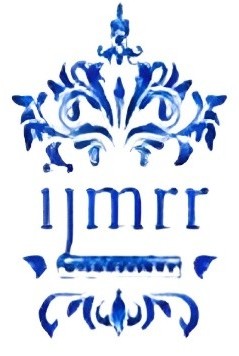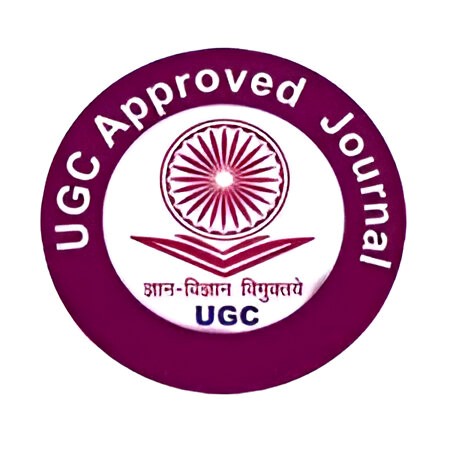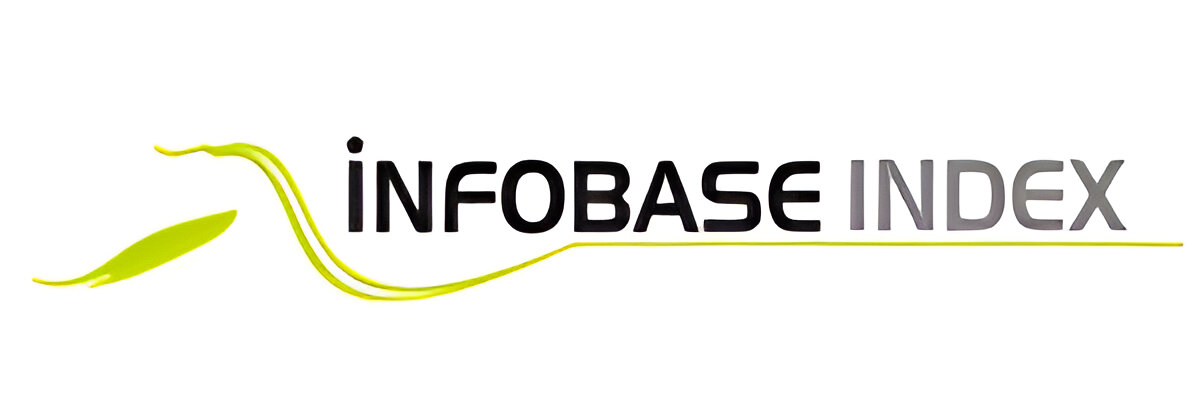ROCKNET : ADVANCING SEISMIC EVENT DETECTION
Keywords:
Multitask learning, rockfall seismic monitoring, transfer learningAbstract
Seismological data is crucial for assessing slope failure hazards promptly. However, identifying rockfall
waveforms from seismic data is challenging due to their variability across events and stations. To tackle this, we
introduce RockNet, a multitask deep learning model designed to detect rockfall and earthquake events at singlestation
and local seismic network levels. RockNet comprises two submodels: a single-station model that computes
waveform masks for earthquake and rockfall signals, simultaneously picking P and S phases from single-station
seismograms, and an association model that aggregates hidden feature maps from trained single-station models
across all stations to determine local seismic event occurrences. In our study, we compared RockNet with traditional
machine learning algorithms such as SVM, KNN, Random Forest, and a Voting Classifier combining KNN and
Random Forest. Our findings indicate that the Voting Classifier achieved higher accuracy compared to other
algorithms. This suggests that ensemble techniques combining strengths from different models can effectively
enhance the detection capabilities of seismic event identification systems, showing promise for robust hazard
assessment in geophysical monitoring applications.











